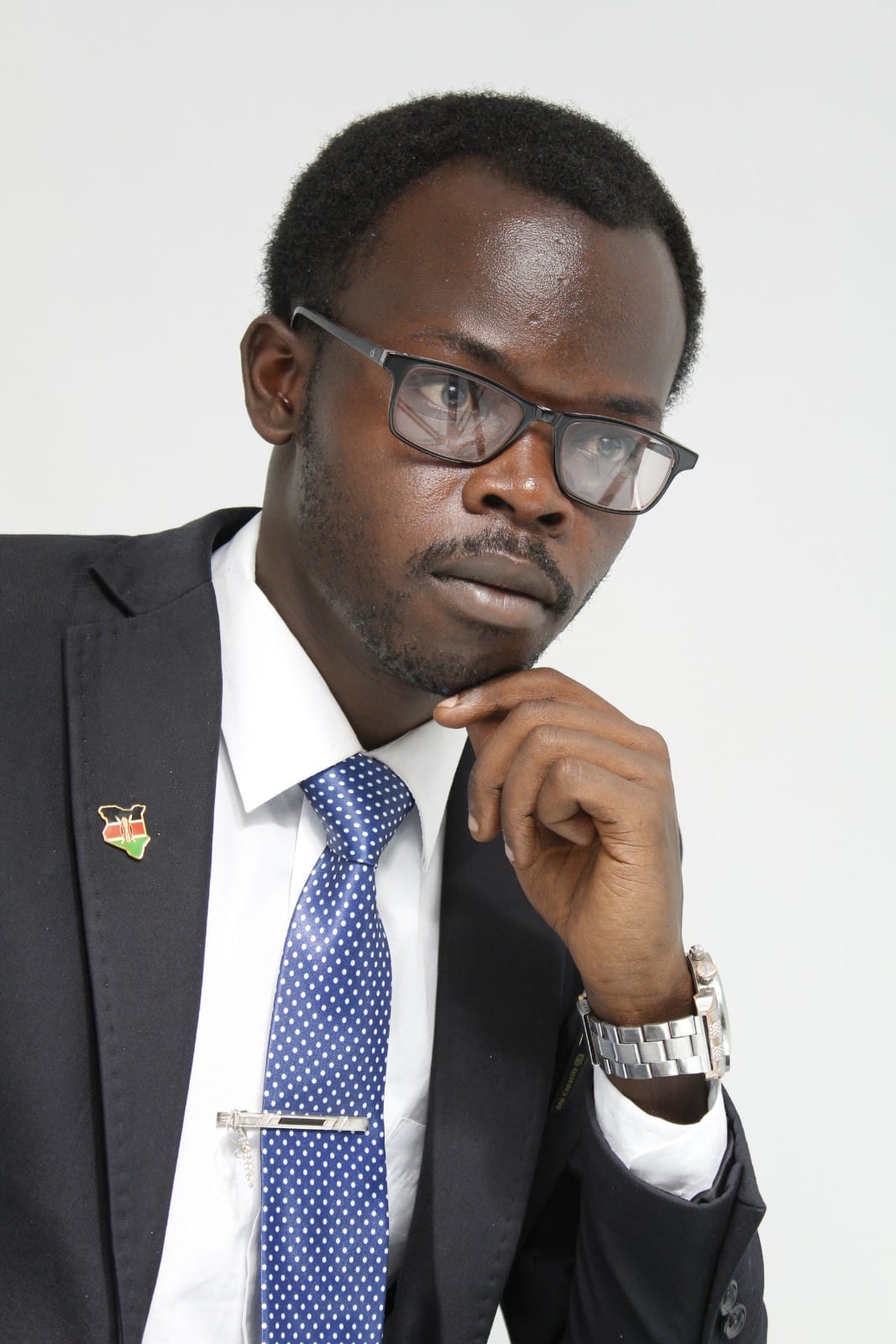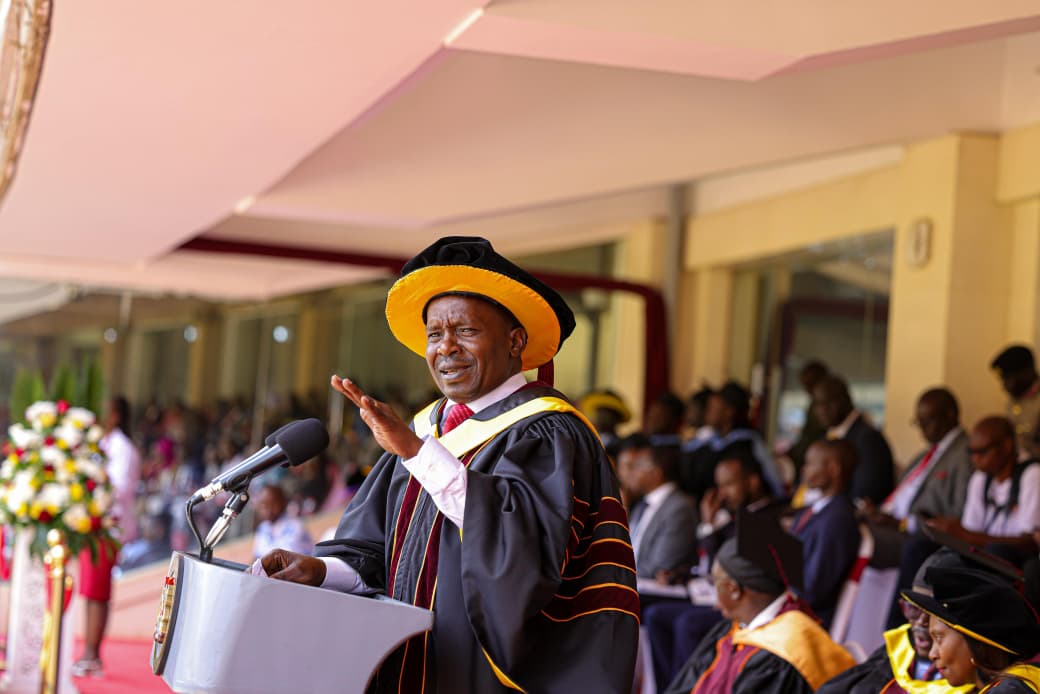Dear educators, in this 6th treatise about Competency-Based Education (CBE), I used my pen to trace true provenance of Competency-Based Curriculum (CBC). The word “provenance” refers to the place of origin or earliest known history of something. Etymologically, the “word” provenance sprouted from the Latin verb “provenire,” a combination of “pro” (forth) and “venire” (to come). In Staying the Course, an awesome autobiography by Dr. Lydia Nzomo, former Director at the Kenya Institute of Curriculum Development (KICD), curriculum is defined as a planned sequence of instructions or totality of students’ learning experiences. The wonderful woman contends that curriculum defines society. No country is greater that its curriculum.
No wonder, during the colonial era, content of curriculum promoted whims and wishes of colonial masters. Meaning, knowledge and skills Kenyans acquired during that epoch purely served interests of colonialists. Then, there were different curricular for Africans, Asians and Europeans. Therefore, when Kenya attained her self-rule in 1963, the first task was to mid-wife a curriculum that could equip Kenyans with skills relevant to the needs of the post-independent society. In that regard, there was the establishment of Ominde Commission (1963), which focused on reforming the colonial education system. It made raft of recommendations to up skill Kenyans for the sake of national development. This is what would poise job-seekers for white-collar jobs previously held by Whites.
In retrospect, the maiden education Commission recommended promotion of national unity, which ended the racial segregation in learning institutions. Likewise, there was expansion of education at all levels leading to the birth of 7-4-2-3 System of Education. Consequently, the Gachathi Report (1976) underscored the achievement of universal literacy in the country. Then, it made several positive recommendations focusing on improved access to education, especially the expansion of technical education. Albeit, the Report became a bit expensive to implement. So, mandarins at the Ministry jettisoned it from the ship of policy documents.
ALSO READ:
KNUT opposes devolution of education, calls for public participation
Then, came Mackay Commission (1981), which was set to spear-head the establishment of the second academe — Moi University. It also conjured up the brilliant thought of introducing the 8-4-4 System of Education. The change of structure meant change of curriculum at every level. The system also focused on equipping learners with stupendous skills for self-reliance and self-employment. Moreover, The Kamunge Report (1988) made a recommendation for eradication of illiteracy through the development of reading and teaching materials.
Consequently, in 2006, the International Bureau of Education (IBE) organised an international workshop in their offices in Geneva Switzerland. The objective of the workshop was to deliberate on a vast array of Curriculum Development issues. Then, in 2007, Kenya Institute of Education (KIE) that evolved to KICDE, organised the first seminar of the Eastern and Western Africa Anglophone speaking countries. The high-brow pow-wow took place at the Silver Springs Hotel in Nairobi. Its thematic concern was: Curriculum Innovations, Quality Education and Poverty Alleviation is Eastern and Western African Anglophone Countries. Scholars who attended spent some time deliberating on strengthening and networking of Curriculum Development Institutes to facilitate dissemination of quality education. Specifically, they talked a lot about the exigent need for bench-marking and tapping technical support.
Somehow, research is a very important function in any curriculum institute. A needs-assessment, which precedes Curriculum Development, is anchored on copious research. Then, there is a formative and summative evaluation, which inform curriculum implementation. No wonder, architects of curriculum continued to carry out the evaluations of the implementation of the revised curriculum annually.
The Summative Evaluation of 2009 revealed wide gaps in both the implementation and assessment of the curriculum at both primary and secondary schools level. It also exposed the craze with exams. Most schools used traditional tests approach at the expense of observations and projects. Surprisingly, the tests ignored other domains of learning. There was scant attention to technical subjects. Teaching values and citizenship plus talent development also missed.
ALSO READ:
Nakuru club says school uniformed waitress were just for fun
In the whole scheme of things, the Summative Evaluation Report came up with what was indeed splendid. Before concluding, they decided to bench-mark with South Korea and Malaysia, which were age-mates of Kenya on matters development in the ‘60s. Their mission was to establish the link between curriculum and economic growth of a country. They observed in both countries, primary education lasted for 6 years. Lower and senior secondary took 3 years each. Both countries included substantial practical content in the curriculum. There was early talent-discovery and talent-development. Moreover, Dr. Lydia Nzomo visited Israel in 2006, and ascertained that the system there focused more on identifying learners’ areas of strength. Learners study several subjects. Then, subjects feature at three levels depending on the ability and career each learner prefers to pursue.
Largely, the Summative Evaluation Report of the Institute, which included findings of the East Asia study tour was presented to the Ministry of Education in 2010. Unfortunately, the mandarins at the Ministry of Education viewed the recommendations to reform 8-4-4 System as revolutionary. Therefore, they threw the baby out with the bathwater. However, the proponents of curriculum reforms were highly convinced to champion for change. In the wise words of Victor Hugo, it was an idea whose time had come. The reform was inevitable. It was only a matter of time.
After 2010, things started to swing swiftly. Key among them was the promulgation of the Constitution 2010. The new law proposed several changes that had a great impact on education. Already, aspects of the statute were clashing with contents of school syllabus. The new Law also introduced new administrative units. The progressive idea contained in the Bill of Rights and National Values needed study.
In view of these developments, the Prof Douglas Odhiambo Taskforce came into existence in 2012. It was to advise the government on curriculum reforms, with the goal of substantively addressing emerging issues enshrined in Constitution 2010, Kenya Vision 2030 and the East African Protocol. Based on the 2012 Report of the Taskforce on the Re-alignment of the Education Sector to Kenya Vision 2030 and Constitution of Kenya 2010; chaired by Prof Douglas Odhiambo, the Government of Kenya developed Sessional Paper No. 2 of 2015 on Reforming Education and Training in Kenya. The Paper recommended reforming the education and training sector to contribute to the development of the learners’ potential in a holistic and integrated manner. To produce intellectually, emotionally and physically balanced citizens. The Paper recommended the Competency-Based Curriculum (CBC) introduced in 2017.
By Victor Ochieng’
The writer is educator — academic and career consultant; rolling out talks and training services in schools. vochieng.90@gmail.com. 0704420232
You can also follow our social media pages on Twitter: Education News KE and Facebook: Education News Newspaper for timely updates.
>>> Click here to stay up-to-date with trending regional stories
>>> Click here to read more informed opinions on the country’s education landscape





